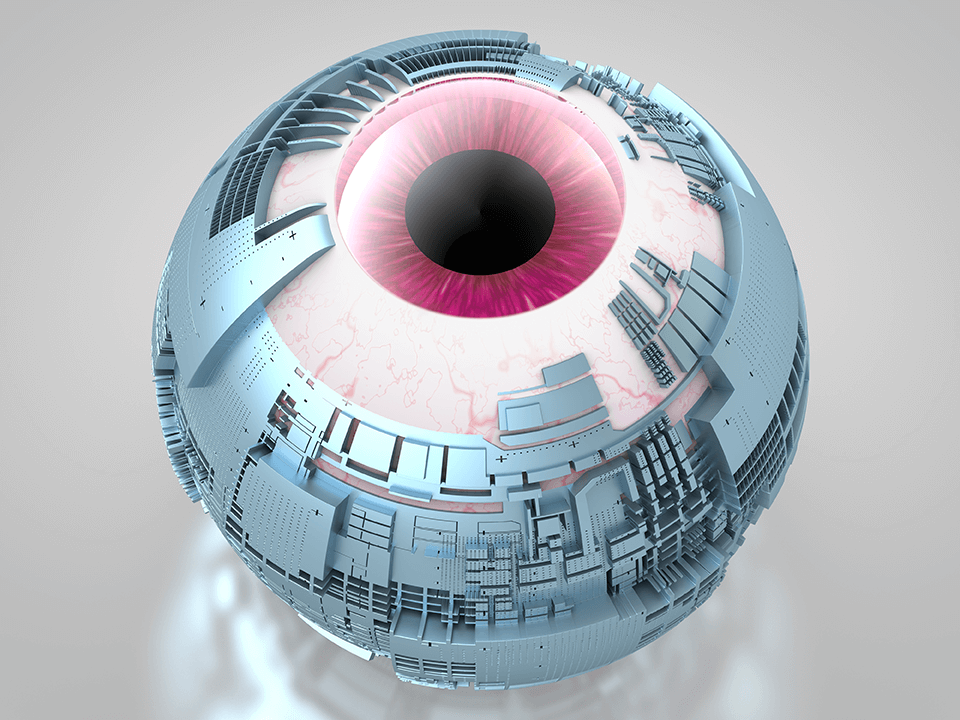Final Steps for Bionic Eyes

Millions of people around the world experience vision loss due to some form of optic nerve damage, leading causes are diseases such as glaucoma or by severe trauma. Now researchers have developed a revolutionary, bionic cortical vision device which is being prepared for a world-first human clinical trial.
Monash University researchers are preparing to conduct clinical trials on humans of the bionic vision system named Gennaris, which they designed to eliminate the problems caused by damaged optic nerves.
The system comprises custom-designed headgear with a camera and wireless transmitter, a vision processor unit and software, and a set of 9×9mm tiles that are implanted into the brain.
The study results on sheep indicate that long-term stimulation through wireless arrays can be achieved without induction of widespread tissue damage, nor visible behavioral issues or seizures resulting from the stimulation.
If positive results are obtained from the clinical study to be conducted bionic vision technology could become a promising treatment for millions of blind people.
Beyond the eye, this technology is also showing promise to improve health outcomes for patient with untreatable neurological conditions such as limb paralysis. The team are also looking into using the technology to moderate epilepsy and depression, or for brain-controlled prosthetics.
Reference: Rosenfeld, Jeffrey V., et al. "Tissue response to a chronically implantable wireless intracortical visual prosthesis (Gennaris array)." Journal of neural engineering 17.4 (2020): 046001. https://doi.org/10.1088/1741-2552/ab9e1c
